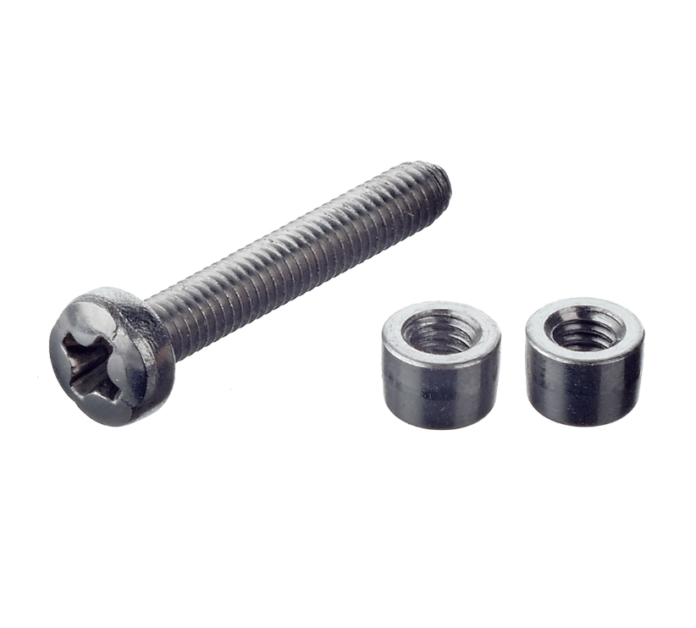The efficient operation of pit stops during races is the responsibility of pit stoppers, who are a crucial component of motor racing. Their task is to service the car as rapidly as possible so that it may return to the race in top condition. They are a well-organized crew of professionals. While the race clock is still running, a pit stop may entail tire changes, refueling, mechanical adjustments, or repairs. In racing, where a few seconds saved during a pit stop can make the difference between winning and losing, pit stoppers play a crucial role. The specifics of what pit stoppers do, their significance, the abilities needed, and the technology used in contemporary pit stops will all be covered in length in this article.
Also Read Article: Ryan Nikolaos Sampras: Son of Tennis Player Pete Sampras
Table of Contents
Pit Stoppers: Who Are They?
The team members that carry out particular duties during a pit stop are known as pit stoppers. They collaborate closely in order to finish a range of tasks as fast and effectively as they can. A jack operator, a fueler, a wing adjuster, tire changers, carriers, and occasionally even a team manager to supervise the activities make up the average team. Every person on the pit stop crew has a specific task that calls for quick thinking, accuracy, and cooperation. For instance, the jack operator raises and lowers the vehicle to make the task of replacing the old tires easier for the tire changers, who are in charge of taking out the old ones. The vehicle’s fueler makes sure it gets the necessary amount of fuel, usually in a matter of seconds, while the wing adjuster can change the vehicle’s aerodynamics to enhance performance.
The Importance of Pit Stoppers in Racing
- Pit Stoppers in Racing Time Efficiency: Pit stoppers play a significant role in limiting the time the car spends off the track. An effective pit stop can significantly cut down on the total race duration, providing the driver with a competitive edge over other competitors. Pit stops in high-stakes racing, such as Formula 1 or NASCAR, are limited to two or three seconds, but even a small delay can cost you important positions.
- Vehicle Performance Optimization: Pit stoppers are capable of much more than just refueling and tire changes. They can also make important setup adjustments for the vehicle. These modifications could include minor repairs, adjusting tire pressure, or fine-tuning the suspension. In response to changing track conditions, the car’s handling and performance can be greatly improved with quick alterations made throughout the race.
- Safety: It’s critical for the driver and other competitors to make sure the car is in optimal condition before reentering the course. Pit stoppers are skilled in inspecting and fastening every part to avoid mechanical malfunctions that can cause mishaps on the track. Ensuring the safety of all participants in the race depends on proper pit upkeep.
- Strategic Advantage: The pit stop crew’s judgment and faultless execution of their judgments can provide a big tactical advantage. Teams utilize pit stops to move up the track, pass other teams, or change to a better tire compound depending on the weather. Pit stops are frequently scheduled with great care and can have a significant impact on the result of the race.
Skills and Training Required for Pit Stoppers
- Precision and Coordination: Pit stoppers must collaborate flawlessly because even the slightest error could result in delays or dangerous driving conditions for drivers. Every action is thoroughly rehearsed and coordinated to make the most of every second of the performance.
- Physical Fitness: Pit stoppers have physically tough jobs. To complete their responsibilities quickly and accurately, team members need to be in top physical shape. Their level of physical fitness enables them to withstand the pressure and intensity of high-speed racing environments.
- Mechanical expertise: Pit stoppers must be familiar with the race car’s mechanics. To make quick repairs or alterations during the pit stop, they must be knowledgeable with the car’s design, how its parts function, and its unique requirements.
- Ability to Work Under strain: Despite the high stakes and strain of the race, pit stoppers need to maintain their composure and concentration. They have a limited amount of time to complete their responsibilities accurately, and errors can have serious consequences for both safety and race positions.
Technology’s Place in Contemporary Pit Stops
In today’s pit stops, technology is becoming more and more vital. Teams assure precision and expedite the process by utilizing sophisticated tools and equipment. For instance, automatic jacks may quickly raise and lower the car, and pneumatic wrenches are used to quickly remove and tighten wheel nuts. Additionally, sensors and data analysis tools improve the efficiency of pit stops. The best moment for a pit stop is chosen by race engineers using real-time performance data from the car’s sensors. Teams can make well-informed judgments about tire wear, fuel levels, and car setup with this data-driven approach—all of which are essential for carrying out a flawless pit stop.
Obstacles Pit Stoppers Face
- Human error: Under duress, even the most seasoned pit stop workers can make errors. Even a small mistake, such as a fuel spill or a loose wheel nut, can have disastrous consequences that jeopardize the driver’s safety or change the course of the race.
- Coordination: One of the most difficult tasks is making sure that every member of the pit crew is perfectly coordinated. When every team member is concentrated on their individual work, even the smallest misalignment can lead to delays and cause problems for the overall process.
- Equipment Reliability: In order to complete their jobs, pit stoppers depend on the efficiency of their tools and equipment. During a race, a pneumatic gun failure, a broken jack, or a fueling problem can be disastrous and cause expensive delays.
Pit Stop Evolution
Over the years, pit stops have seen a significant transformation, going from straightforward tire swaps to extremely complex operations that can affect a race’s outcome. Teams can now change all four tires in under two seconds because to advancements in speed, accuracy, and technology during pit stops. The growing significance of pit stop tactics in contemporary racing is shown in this progression.
Conclusion
The unsung heroes of the racing world, pit stoppers are in charge of the quick decisions that keep the cars operating at their best. They are essential for safety, performance enhancement, and obtaining an advantage over competitors on the track; their function goes beyond simple tire changes and fueling. Pit stop crews are essential to the success of motorsport teams because they receive ongoing training, foster teamwork, and have access to state-of-the-art equipment. These vital components of the racing ecology will employ tactics and methods that change along with motorsports.





